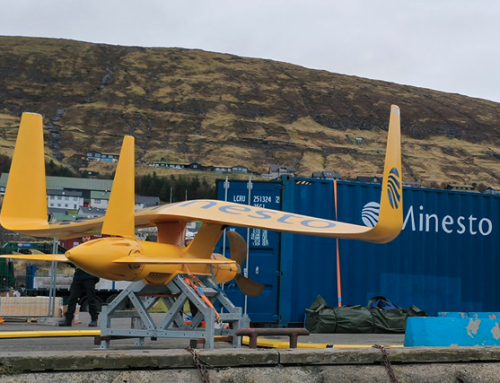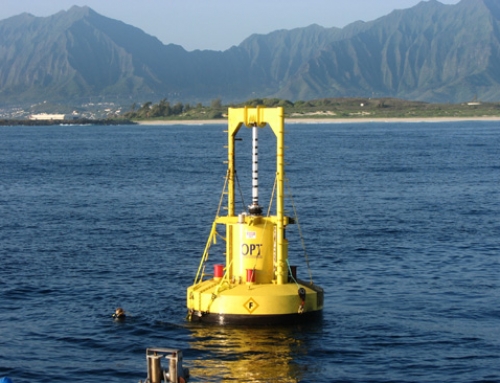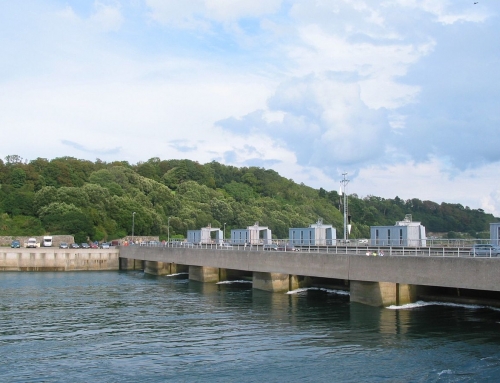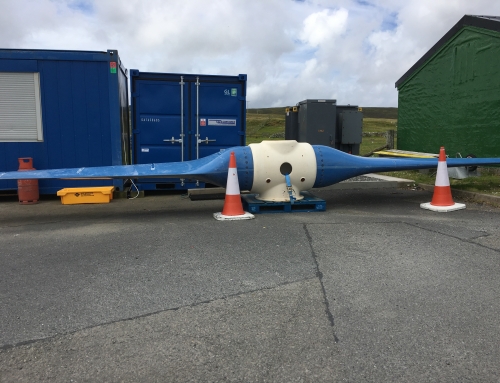Ocean Power Technologies(OPT), the American wave energy company which started commercial operations in 1994, reported today on the six months ending on October 31 2016. Revenue was US $ 0.4million (US $ 0.6 m for the six months ending 31 Oct.2015). Net loss for the period was US $ 4.8m (2015a loss of US $ 7.2m). On 31 Oct. 2016 total cash was US $ 12.5m (2015 US $ 6.8m). The increase in total cash reflects an amount of US $ 6.9m raised during the period through a public stock offering.
These figures are not unexpected. They continue a steady, existing, trend. NASDAQ-listed OPT has historically funded its operations principally through public and private sales of its equity. It has never made a profit and the accumulated deficit as of 31 Oct 2016 was some US$ 181.6 m. (c.f. OPT’s market cap of US $ 18.6 m. on the basis of today’s share price of US$ 3.60)
But these figures do confirm how tough it can be for wave energy companies to make a profit. OPT was first quoted on AIM in 2003 before it obtained its NASDAQ listing. From about 2002, government agencies accounted for a significant portion of the company’s revenues. OPT was awarded grants from the US Navy, the US Dept. of the Environment, the UK and the EU, to develop buoys capable of supplying power to the grid. So the company duly tried to get this concept to work in the US, in Oregon, off the Spanish coast, and in Australia. Success eluded them.
At the same time, there was also support for the company’s work on autonomous buoys capable of providing non-grid power in remote, off-shore, locations. But it is difficult for contracts for a small number of specialised buoys to add up to the necessary financial weight. More recently, OPT signed a series of agreements with Mitsui Engineering & Shipbuilding Co. Ltd to develop buoys appropriate for Japanese waters. (This was at a time when the Japanese Government was seeking to greatly increase the quantity of electricity generated by renewables in the wake of the Fukushima nuclear disaster in March 2011.)
But all these activities were technologically significant rather than financially rewarding. In 2014, faced with continuing losses, the Board decided to abandon attempts to gain acceptance for larger, grid-connected, buoys and to concentrate on the commercial prospects of a new, re-designed, autonomous power buoy, the PB3, which is significantly smaller than anything with which the company has so far been involved.
Part of the problem is that the wave energy world is a world of pioneers, prototypes and innovative technology, rather than one of generally accepted principles and production runs. OPT has a great deal of experience of testing innovative designs for buoys and has been around so long that it should have first mover’s advantage. But it seems that that is not enough. Perhaps one indication of progress in 2017 would be the successful deployment of a suitable buoy off Kosushima island, Japan, as envisaged in the latest contract with Mitsui. But more evident commercial success is what is really needed.





